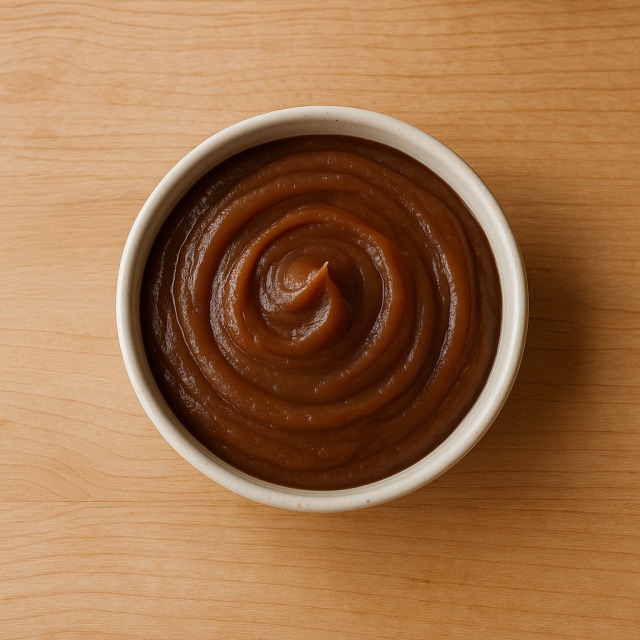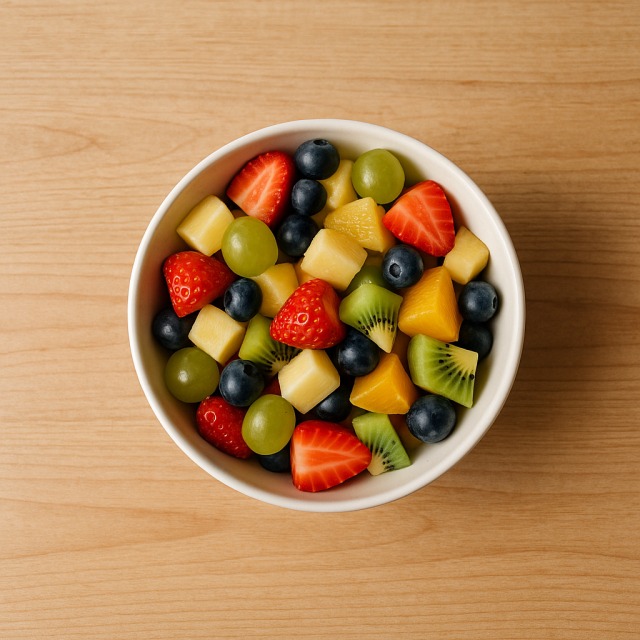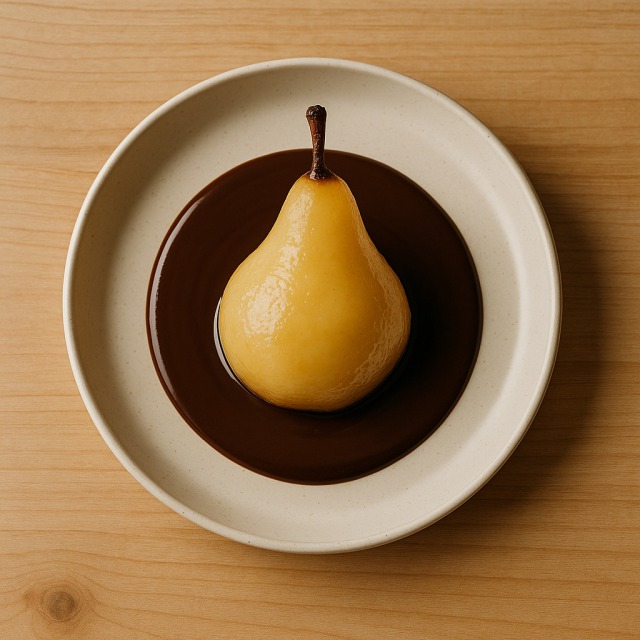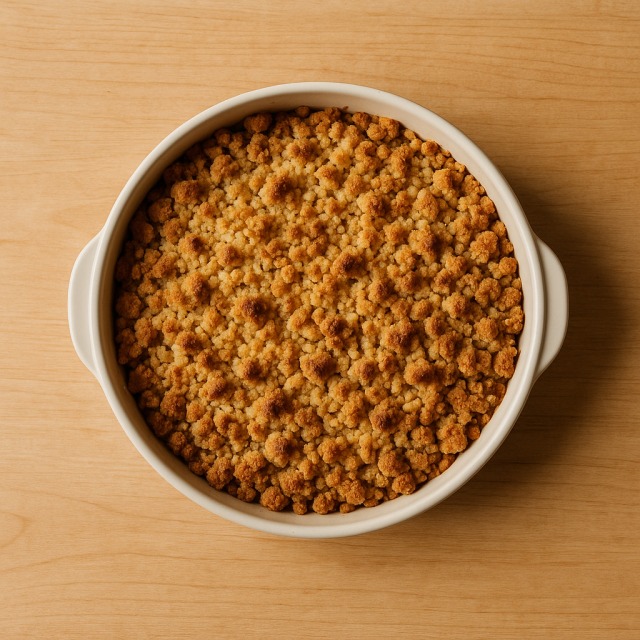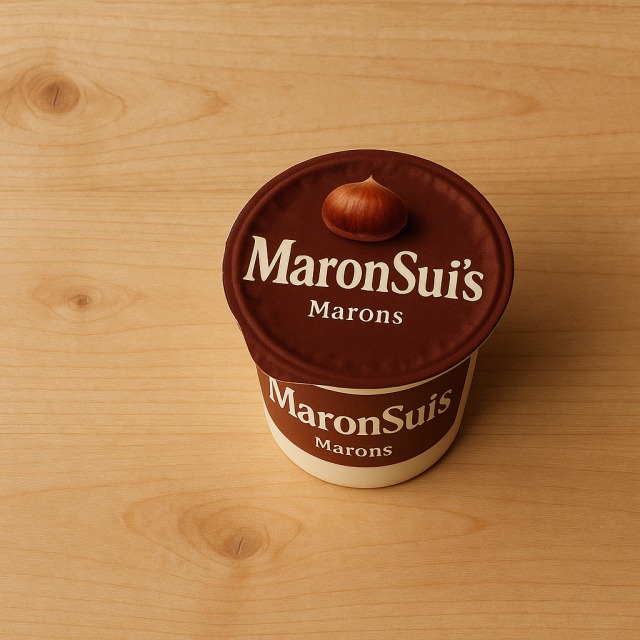Calorie Chart / Desserts / Compote - Light
How Many Calories Are in Light compote?
Calculation of the nutritional value & Recommended Dietary Intake of light compote
For g and a calorie requirement of kcal
| Calories 71 kcal | Proteins 0.3 g | Lipids 0.2 g | Carbohydrates 17 g |
| 4% | 0% | 0% | 6% |
Health benefits of light compote
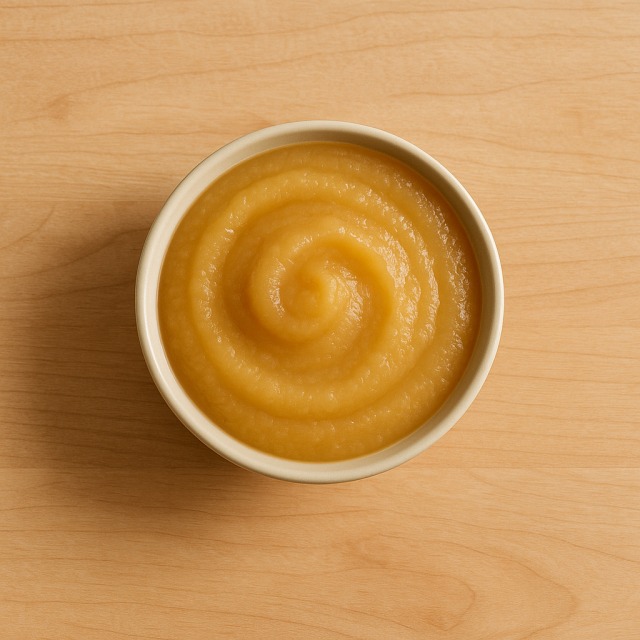
Light compote - 100g
Calories 71 kcal
Proteins 0.3 g
Lipids 0.2 g
Carbohydrates 17 g
With only 71 calories per 100 g, light compote is classified as a moderate-calorie food, making it a convenient option for anyone tracking calories throughout the day. Choosing it over sugary confectionery can help lower total daily calories without sacrificing the pleasure of a sweet taste.
Because light compote is usually prepared from fruits such as apple or pear, it supplies a gentle dose of soluble fibre (pectin) that contributes to satiety while keeping calories in check. The cooking process reduces vitamin C, but the product still provides potassium, a mineral involved in muscle contraction and blood-pressure regulation. Polyphenols naturally present in apples survive slow cooking and may offer supposed antioxidant benefits.
The puréed texture is easy to digest for children, seniors, or anyone recovering from gastrointestinal discomfort. Its nearly zero lipids and very low proteins mean that almost all its calories come from carbohydrates, but the "light" label indicates a reduced added-sugar content compared with ordinary compote. In short, light compote delivers quick, easily absorbed energy with a modest calorie footprint and no fat overload.
Tips for incorporating light compote into a balanced diet
To keep calories balanced at breakfast, layer 100 g of light compote with a pot of light yogurt and a spoonful of crunchy oat flakes. This trio supplies slow-release carbs, a touch of proteins, and enough volume to curb mid-morning cravings without blowing up your calorie budget.
For a speedy dessert, swirl light compote into a bowl of chilled fromage blanc 0 %; the creaminess offsets the fruit while keeping overall calories far lower than an ice cream sundae. You can sprinkle a few toasted almond slivers on top for texture—just remember to count those extra calories if you are in a strict deficit.
Athletes who need a pre-workout carbohydrate boost can spread light compote over a slice of wholemeal bread. The mix of fast and slow sugars supplies fuel, yet remains lighter in calories than jam. Similarly, replacing the sugar in a classic pancake batter with a dollop of light compote cuts calories and adds natural fruit flavour.
Frequently Asked Questions
- How many calories are in light compote?
- Light compote provides 71 kcal per 100 g.
- Is light compote suitable for weight-loss diets?
- Yes. Its 71 kcal per 100 g make it easy to integrate into a calorie-controlled plan, especially when you replace higher-calorie desserts; always log the calories to stay within your target.
- What nutrients does light compote contain besides calories?
- The product is almost fat-free, offers 0.3 g of proteins, 17 g of carbohydrates, and traces of fibre and potassium—useful information when you balance calories, macros, and micronutrients.
- Can athletes use light compote for quick energy?
- Absolutely. The mainly carbohydrate calories are rapidly digested, providing pre-workout fuel without heavy fats that might upset the stomach.
- How can I reduce calories further when eating light compote?
- Pair it with low-fat dairy or plain water rather than high-calorie cream, measure portions carefully, and avoid adding sugar to keep total calories low.
- Is commercial light compote healthier than homemade?
- Homemade lets you control sugar, hence calories; however, many store-bought "light" versions are already reduced in sugar, so check labels and compare calories per 100 g.
Similar foods
Information provided by Calorie Menu may contain inaccuracies or errors. It cannot, under any circumstances, substitute medical advice or medication.
